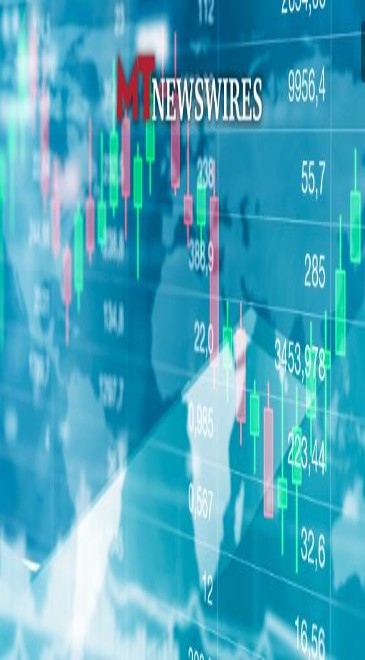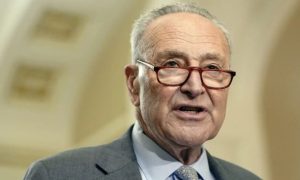Fed chief Powell will likely signal a quarter-point rate cut and continue to suggest a gradual easing cycle.
The Jackson Hole Economic Symposium has always been an important date on the U.S. Federal Reserve’s calendar. Yet in recent years the Wyoming gathering has become like an additional FOMC meeting when it comes to Fed communication, for several reasons.
Also Read– Major Wall Street firm picks stocks to buy when Fed cuts rates
First, unlike his congressional testimony, the Fed chair, Jerome Powell, can manage the central bank’s message without having to deal with political attacks or tangential topics. Second, the meeting comes during a period of limited communication from Fed officials due to the summer holiday. Third, usually there is a long gap between the July and September Fed meetings. Fourth, Powell seems to communicate more systematically with the Fed’s Board of Governors than prior chairs. This makes it easier for him to speak with confidence that he has his fellow monetary-policy makers’ backing. Lastly, the Fed’s current message to the markets of just being patient is getting stale fast.
In his speech on Friday, Powell will likely send a strong signal that a 25-basis-point — that is, a quarter of a percentage point — interest-rate cut is coming in September. The Fed’s restraint was warranted early this year with four strong core PCE (personal consumption expenditures) inflation readings in a row. With three straight soft readings since then, central bankers should now be comfortable cutting. The sharp downward revisions to the trend in payrolls that the Bureau of Labor Statistics just announced add to the case for cutting. With only one more set of jobs and inflation readings before the September meeting, the risk of the Fed calling off the cut is extremely low.
Also Read– Stock rebound wanes as investors await US job data, Fed
Market pricing for the Fed’s direction has been all over the map in recent weeks. At his most recent press conference Powell asked (begged?) investors not to overreact to individual data points. This seemed to land on deaf ears as Fed pricing swung more than normal on a soft jobs report, a strong retail sales report and a mini-swing in the U.S. stock market. At the peak of the panic, a number of analysts argued for an intermeeting cut and/or larger-than-normal moves. How would the Fed look now if it had followed that advice?
Market pricing makes more sense than it did two weeks ago, but I still think the Fed will not be nearly as dovish as most expect. Markets still price in a more than one-in-three chance of a big 50-basis-points cut in September and basically no chance of the Fed leaving rates unchanged. Markets then price in quarter-point cuts at virtually every meeting between now and late 2025.
Such a parade of cuts would only make sense if U.S. monetary policy were currently extremely tight and a recession was likely. In recent months “recession” has become a buzzword, but it is important to understand the history of recessions. Every modern recession has come because of tight financial conditions combined with an external blow such as the coronavirus pandemic or a commodity price shock. Over the past year both financial markets and the economy have shown they can handle 5%-plus interest rates. The economy’s gradual slowing in growth is almost exactly what the Fed has been hoping for.
Expect four or five quarter-point cuts over the next year.
The upshot is that the Fed needs to recalibrate policy, moving the federal-funds rate to its historic average of 4% or so. That’s why Powell will likely signal a quarter-point rate cut and continue to suggest a gradual easing cycle. I expect four or five 25-basis-point cuts over the next year — as the chart below outlines. This will look like a midcourse correction, not a major policy reversal.
The financial markets are likely to be a bit disappointed in Powell after Friday’s speech. The markets have already backed away from the panic pricing of a couple of weeks ago, including high expectations of a half-point cut in September. With Powell giving a slow-but-steady easing message, I expect modest downward pressure on both bond and stock prices.
ALso Read– Nike, Ulta Beauty, Alibaba, Walmart, Tesla: Why These 5 Stocks Are On Investors’ Radars Today
Investors are gradually learning that the new normal for U.S. interest rates is much more like the 1990–2008 period — not the abnormally low rates of the past decade.







































